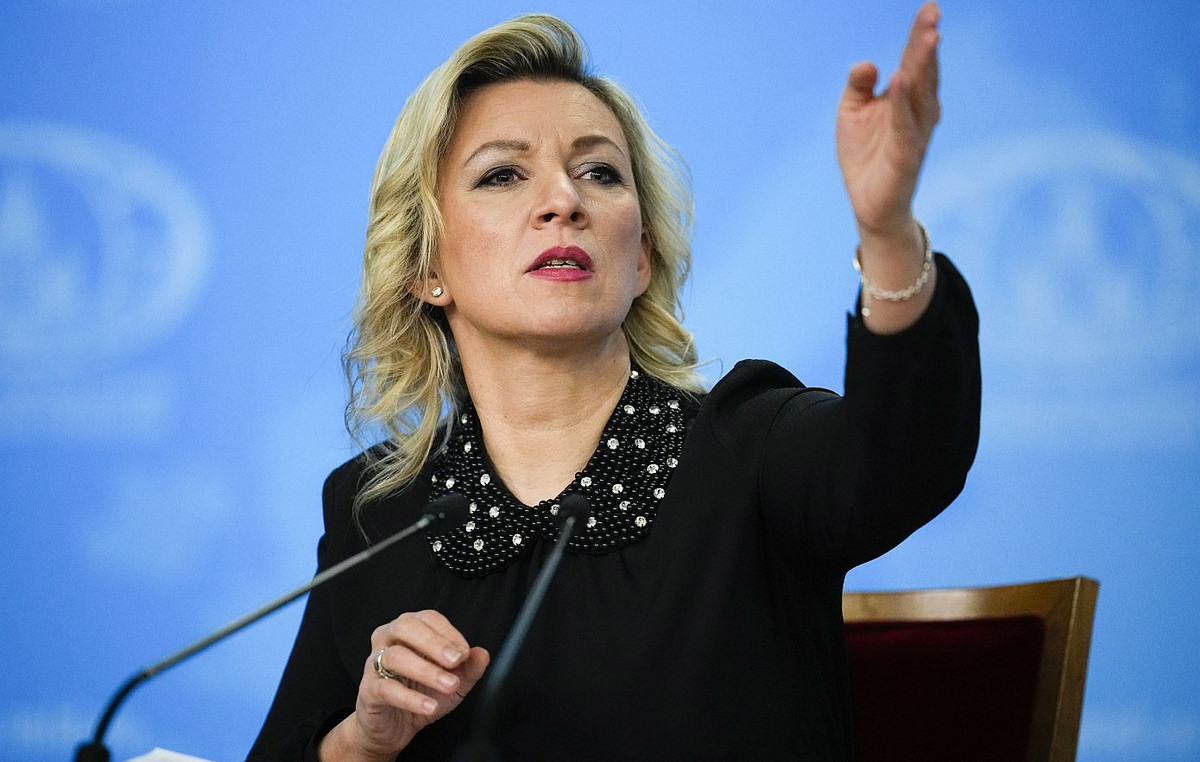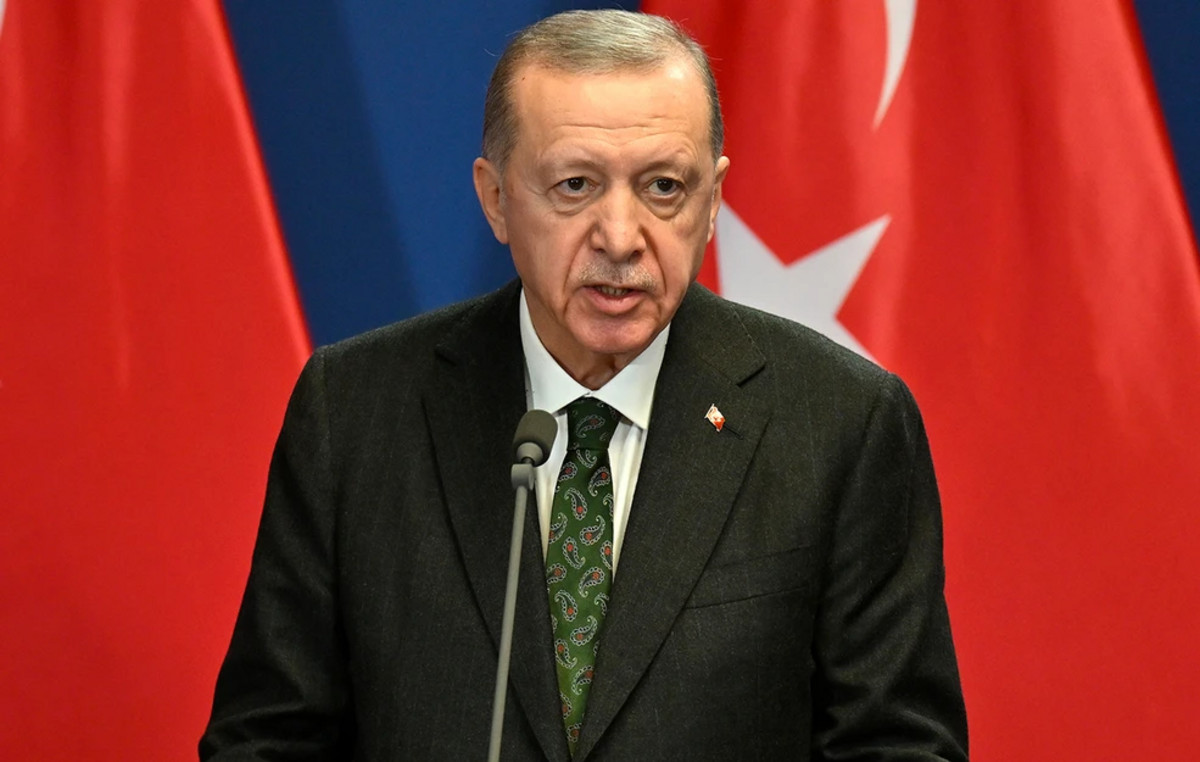- EUR/USD declines due to market caution ahead of the release of US Personal Consumption Expenditure data on Friday.
- Fed Governor Lisa Cook has expressed support for last week’s 50 basis point rate cut, pointing to elevated “downside risks” to employment.
- Traders await speeches by the ECB’s Philip Lane and Piero Cipollone scheduled for later in the day.
EUR/USD retraces its recent gains recorded in the previous session, trading around 1.1170 during the Asian session on Friday. The US Dollar (USD) receives support as traders adopt caution ahead of the US Personal Consumption Expenditure (PCE) Price Index data for August. The Fed’s preferred inflation gauge is scheduled to be released later in the North American session.
On the data front, the US Annualized Gross Domestic Product increased at a rate of 3.0% in the second quarter, as estimated, according to the US Bureau of Economic Analysis (BEA). on Thursday. Meanwhile, the GDP Price Index rose 2.5% in the second quarter.
Additionally, US Initial Jobless Claims for the week ending September 20 were reported at 218K, according to the US Department of Labor (DoL). This figure was below the initial consensus of 225K and was lower than the previous week’s revised number of 222K (previously reported as 219K).
However, the US dollar may have received downward pressure following dovish comments from US Federal Reserve (Fed) officials. Fed Governor Lisa Cook stated on Thursday that she supported the rate cut interest rate of 50 basis points (bps) last week, citing elevated “downside risks” to employment, according to Reuters.
European Central Bank (ECB) Chief Economist Philip Lane is likely to give the keynote address at a conference focused on Fiscal Policy, Financial Sector Policy and Economic Growth in Dublin, Ireland. Meanwhile, ECB board member Piero Cipollone will give a keynote speech at the “Economics of Payments XIII” conference, organized by the Central Bank of Austria.
The Euro FAQs
The Euro is the currency of the 20 countries of the European Union that belong to the euro zone. It is the second most traded currency in the world, behind the US dollar. In 2022, it accounted for 31% of all foreign exchange transactions, with an average daily volume of more than $2.2 trillion per day. EUR/USD is the most traded currency pair in the world, accounting for an estimated 30% of all transactions, followed by EUR/JPY (4%), EUR/GBP (3%) and EUR/AUD (2% ).
The European Central Bank (ECB), headquartered in Frankfurt, Germany, is the reserve bank of the euro zone. The ECB sets interest rates and manages monetary policy The ECB’s main mandate is to maintain price stability, which means controlling inflation or stimulating growth. Its main instrument is to raise or lower interest rates. Relatively high interest rates – or the expectation of higher rates – tend to benefit the Euro and vice versa. The Governing Council of the ECB takes monetary policy decisions at meetings held eight times a year. Decisions are made by the heads of the eurozone’s national banks and six permanent members, including ECB President Christine Lagarde.
Eurozone inflation data, measured by the Harmonized Index of Consumer Prices (HICP), are an important econometric data for the euro. If inflation rises more than expected, especially if it exceeds the 2% target set by the ECB, it is forced to raise interest rates to bring it back under control. Relatively high interest rates compared to their peers tend to benefit the Euro, as it makes the region more attractive as a place for global investors to park their money.
Data releases measure the health of the economy and can influence the Euro. Indicators such as GDP, manufacturing and services PMIs, employment and consumer sentiment surveys can influence the direction of the single currency. A strong economy is good for the Euro. Not only does it attract more foreign investment, but it may encourage the ECB to raise interest rates, which will directly strengthen the Euro. Conversely, if economic data is weak, the Euro is likely to fall. The economic data for the four largest economies in the eurozone (Germany, France, Italy and Spain) are especially significant, as they represent 75% of the eurozone economy.
Another important release for the euro is the trade balance. This indicator measures the difference between what a country earns from its exports and what it spends on imports during a given period. If a country produces highly sought-after export products, its currency will appreciate due to the additional demand created by foreign buyers wishing to purchase these goods. Therefore, a positive net trade balance strengthens a currency and vice versa for a negative balance.
Source: Fx Street
I am Joshua Winder, a senior-level journalist and editor at World Stock Market. I specialize in covering news related to the stock market and economic trends. With more than 8 years of experience in this field, I have become an expert in financial reporting.







